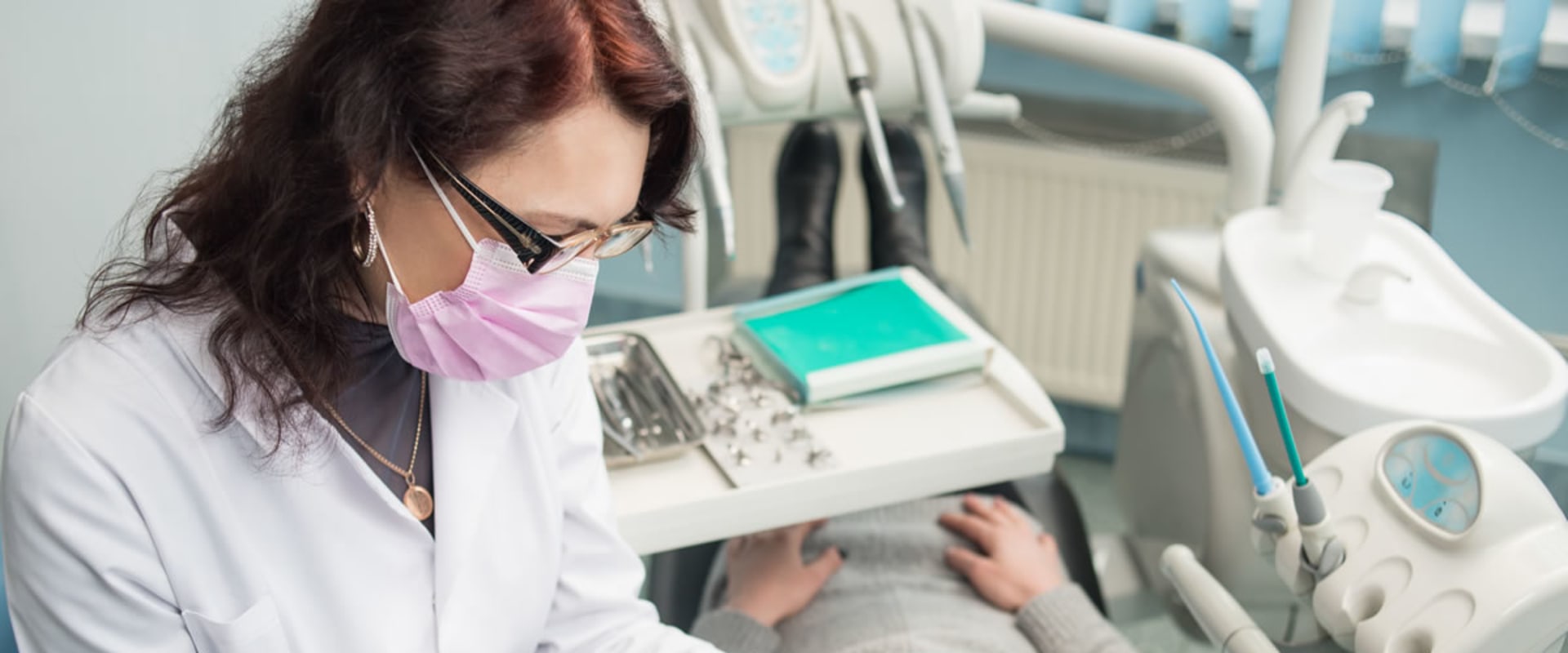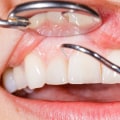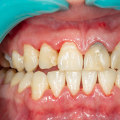Exposed dental roots are the result of gum recession, and your periodontist may recommend a regeneration procedure when the bone that supports your teeth has been destroyed due to periodontal disease. Periodontal treatments can range from complex surgeries to deep cleanings and desquamation, and root smoothing. This process involves precise cleaning of root surfaces to remove plaque and tartar, as well as combat bacterial toxins. Complementary therapy, such as antibiotics or antimicrobials, may also be used.
Most periodontists agree that many patients will not need additional treatment after exfoliation and root smoothing, but ongoing maintenance therapy will be necessary to maintain health. Dental implants involve the use of an artificial tooth root placed in the jaw, where it connects to the jaw in a process called osseointegration. After the healing period, an artificial tooth is attached to the implant post. Regeneration is a periodontal surgical procedure in which the periodontist bends the gum tissue to eliminate bacteria.
Everything from membranes to tissue-stimulating proteins to bone grafts can be used to boost the body's inherent ability to regenerate bone and tissue. This periodontal surgery requires the use of gum tissue outside the area to be treated. Gum tissue is extracted from the palate or other source and used to cover the root that is exposed. Soft tissue grafting can be performed on one or more teeth to even out the gum line and minimize sensitivity.
Scraping and root smoothing is a non-invasive method to reduce gum infection by thoroughly cleaning the periodontal pocket. The dentist lifts the gums and sticks his hand inside the gum lines to remove tartar and bacterial toxins. After that, they will apply antibiotics to leave the gums smooth and disinfected. An innovation that emerged from conventional scraping and root smoothing therapy is laser-assisted periodontal treatment.
This technology uses a pointed laser hand tool that dentists use to remove diseased tissues that cause gum infection. Its precision provides painless treatment and quick healing for the patient. One of the causes of serious gum infection is bone damage, which requires regeneration procedures using tissue-stimulating proteins to naturally restore bone and tissue health. A gummy smile is a dental condition in which the gums overlap the teeth, making them appear smaller.
To correct this, the dentist lengthens the dental crown by removing excess parts of the gum tissues to expose more teeth. Bag reduction is a surgical method for treating gum disease in which small incisions are made in the gums, then lifted backward to expose the roots for root scaling and planing procedures. During this procedure, a periodontist may also change the outline of the underlying bone, making it easier to clean at home and reduce future risk of gum disease. Serious gum disease can lead to tooth loss, which can be restored with dental implants - screw-shaped posts made of metal deeply attached to the jaw to provide a solid base for a new tooth. It needs an incision in the gums before accessing the bones and then it closes the gums completely, allowing time for fusion with bone and tissue.








